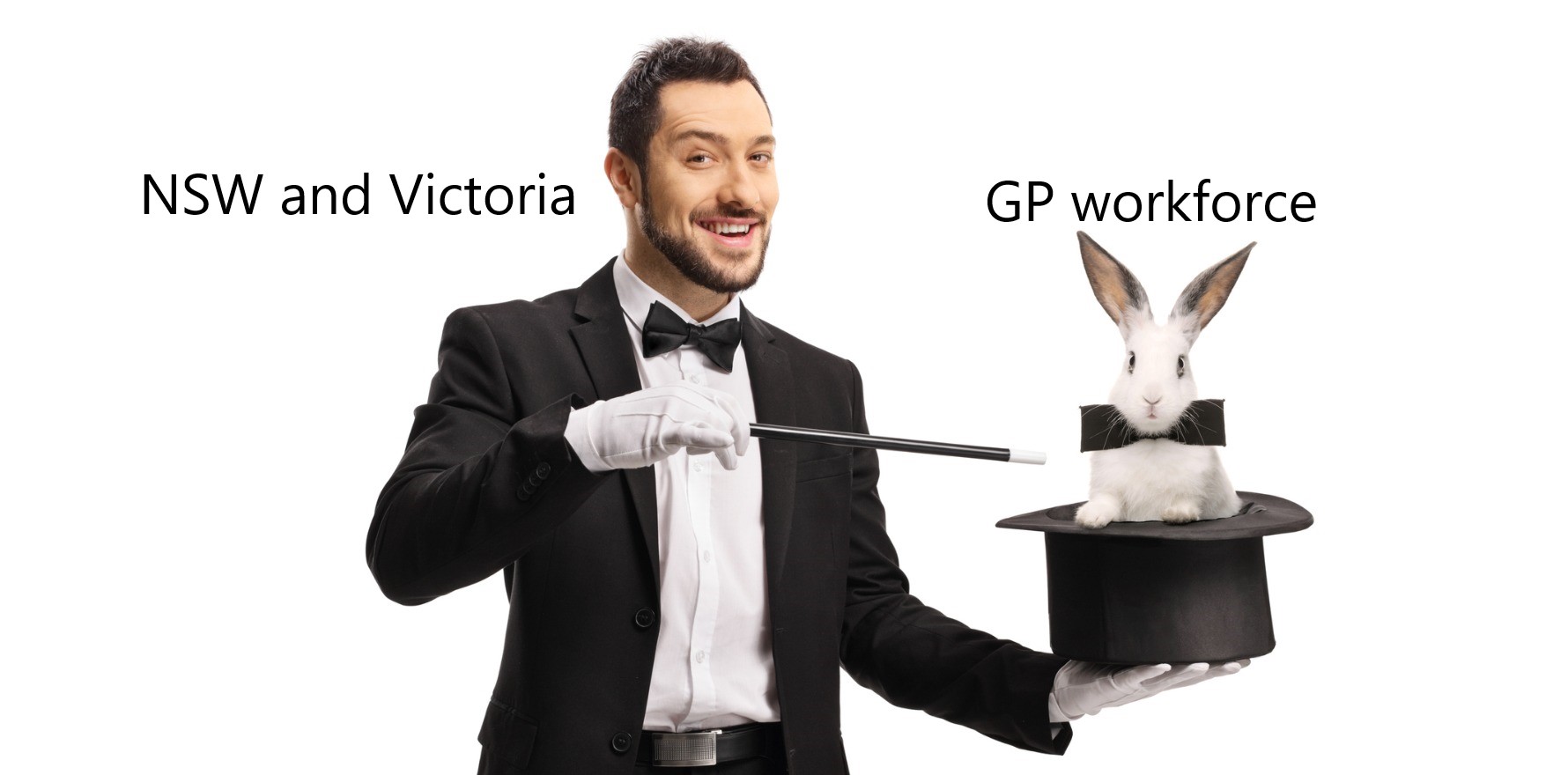Existing GP practices will receive cash from the state health bucket to treat would-be ED patients free of charge.
By this time next year, the country will be awash with urgent care clinics: on top of the federal promise for 50 such clinics nationwide, two state governments have now promised to open an extra 50 between them.
While funding and operational details for the federal clinics remain murky, the state versions will be supported by grants and be focussed on expanding existing GP services.
Yesterday, premiers Dan Andrews and Dominic Perrottet announced their respective states would each be opening 25 urgent care clinics, designed to ease pressure on the hospital emergency system.
The announcement came with hefty promises, including that the clinics will be open for extended hours each day and that everyone, even non-Medicare card holders, will be treated free of charge by a GP.
RACGP Victoria chair Dr Anita Muñoz said that both state governments had been encouraged by the success of GP-run respiratory clinics in the early phases of the pandemic.
“What we found with the pandemic was that GPs were able to offer additional hours to participate in pandemic response initiatives and they didn’t have to reduce their hours in clinic to do that,” she told The Medical Republic.
Dr Muñoz is “filled with hope” that the numbers are there to make the initiative work.
“There were, at times, some difficulty finding staff for some of the clinics, but in the main, the clinics did have the staff that they needed to run … extended hours and see large numbers of patients,” she said.
That’s not to say the urgent care clinic rollout will be seamless.
“One of the things that we’ve had some really purposeful discussions with the government about is making sure that patients use these services as rationally as possible,” Dr Muñoz said.
A possible solution to this problem is already being trialled in Victoria’s virtual ED program, where patients who use the service in non-urgent situations are offered information about more suitable healthcare access points.
“These clinics really are for urgencies for which the patients don’t have any other options than ED,” Dr Muñoz said.
“That’s going to be one of the pieces that we keep a close eye on, and we hope the community understand the intent of the clinics so that they can be used for the right purpose.”
The exact amount of money that practices will be able to receive under the state government grant system in return for participating in the program has not been announced yet.
Neither have the location details of any of the proposed NSW clinics, although wording in the announcement indicated that they will be established “where there is greatest need”.
Five GP-led sites in Victoria have already been announced, as have the partnering hospitals for 10 of the Victorian clinics.
The general locations of the final 10 Victorian clinics are expected soon.
It’s also unclear how different the state-based model will be to the other 50 urgent care clinics promised by Labor in the lead-up to this year’s election.
How those clinics, which are also expected to see all patients free of charge, will be funded is still a mystery as well.
The Department of Health – which last week released this fact sheet reminding doctors that bulk billing could not legally be supplemented by any other kind of payment – told TMR that the funding mechanism for the federal clinics would be revealed after the October budget.
This story was updated on 31-08-22 to better reflect the nature of the patient education provided by virtual emergency departments.





